Spotlight on Amy Osborne
Oct 21, 2017
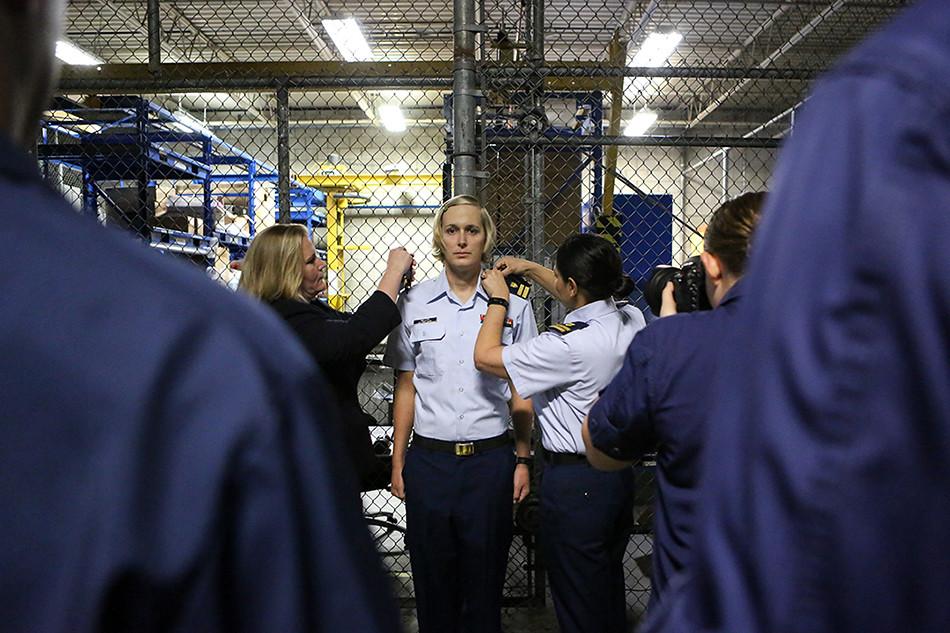
TID:
I love this project. It’s intimate and timely. Can you tell us some of the backstory?
AMY:
Of course. Thank you, it’s an honor to be included in this blog.
I met Taylor Miller in early July 2016. My sister, who is also in the Coast Guard, worked with Taylor and mentioned a transgender coworker in a conversation. I immediately asked if she could put me in touch with Taylor. To my surprise, Taylor was very eager to tell her story and once we established a rapport over the phone, she accepted my offer to begin documenting her transition.
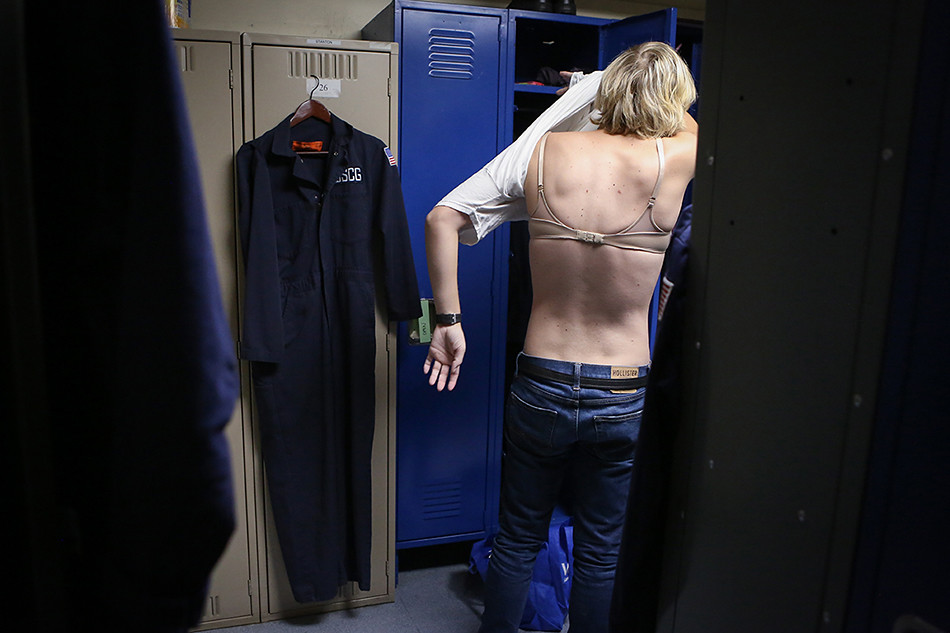
I knew there would be obstacles with gaining access through the military and distance, but I decided to just go ahead with it anyway. Taylor and I had many conversations about what she expected to gain from the project, what my intentions were (as far as publishing) and overall vision. We were on the same page almost immediately.
As you may know, this story was published a couple days after Trump’s tweet about banning transgender people from the military. However, I’m still photographing her and will do so at least through January 2018, when she will get gender reassignment surgery.
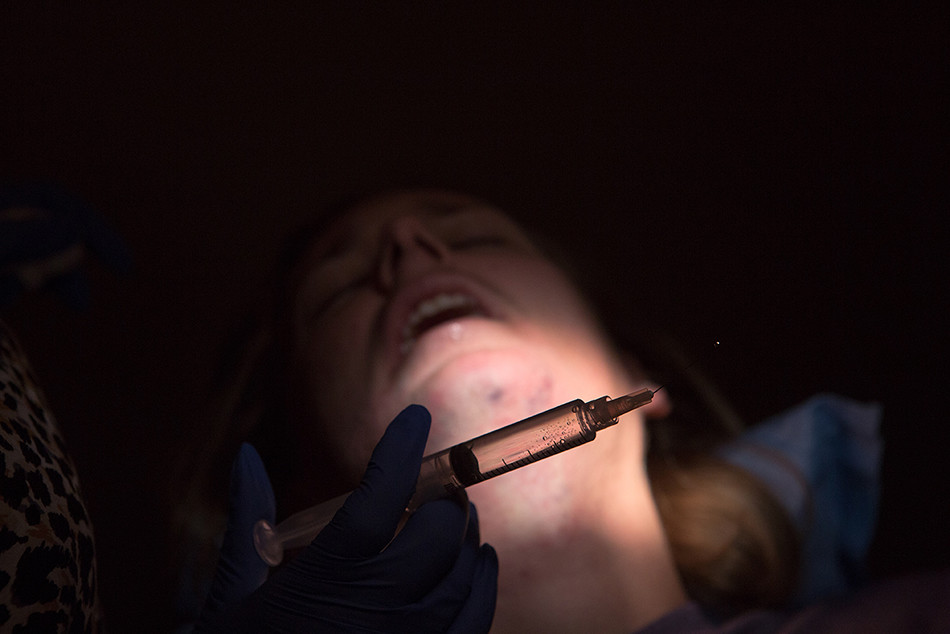
TID:
What motivated you personally to do this?
AMY:
A big motivating factor came after speaking with Taylor on the phone for several hours. Hearing the painful and traumatic things she’s been through, just because she wants to feel comfortable in her own skin, was enough to convince me that this story needed to be told. Beyond just storytelling, I think we as photojournalists all hope our stories will help create some positive change in the world. For me this translated into the hope that Taylor’s story would help inform public and political discourse on gender identity.
TID:
Working on a story longterm is tough enough, but working with the military presents other issues of access. How did you navigate them?
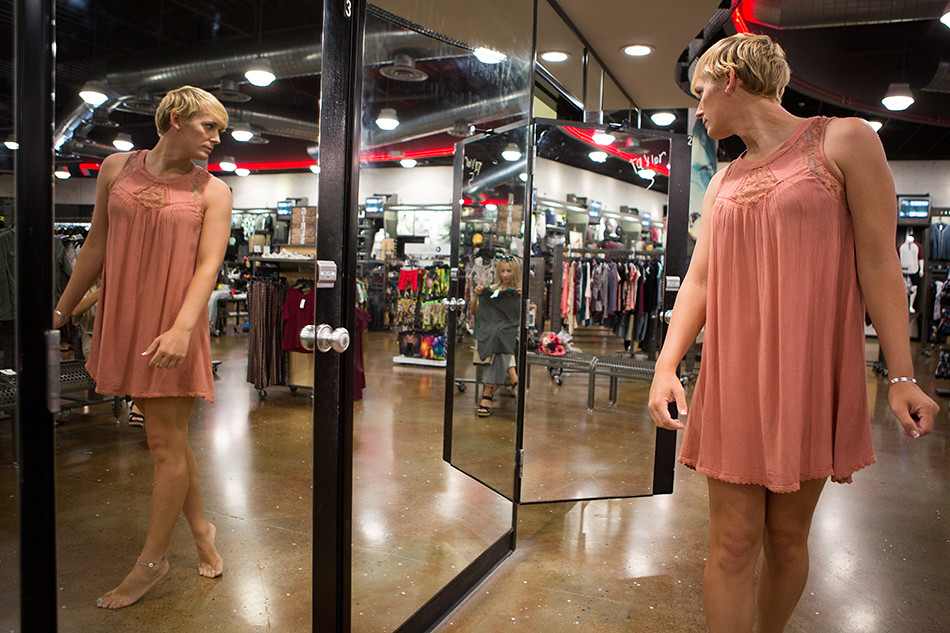
AMY:
It took Taylor and I about 3 months and a lot of “follow up” and persistence (most of which was her legwork) before we were granted permission for me to photograph her on the Long Beach base. After that, I was granted permission to photograph Taylor at an LGBTQ panel that she was invited to speak on at the Coast Guard Academy in Connecticut. Although I have permission to photography Taylor on her base, I still have yet to get permission to follow her as she does her work there (she inspects large shipping freights at the port). We are still working on that. But honestly, the Coast Guard has been fairly accommodating, much more so than I expected.
TID:
I think photography is so much about problem solving - can you talk about what problems you faced, and how you worked to overcome them?
AMY:
Honestly, the biggest problem I ran into was distance. I live in San Francisco and she lives in Long Beach. I also have a now 2-year-old son (he was about 8 months old when I started this project) so there were many times when I just couldn’t get down there due to not having childcare. So I’m not sure that I ever did overcome this issue.
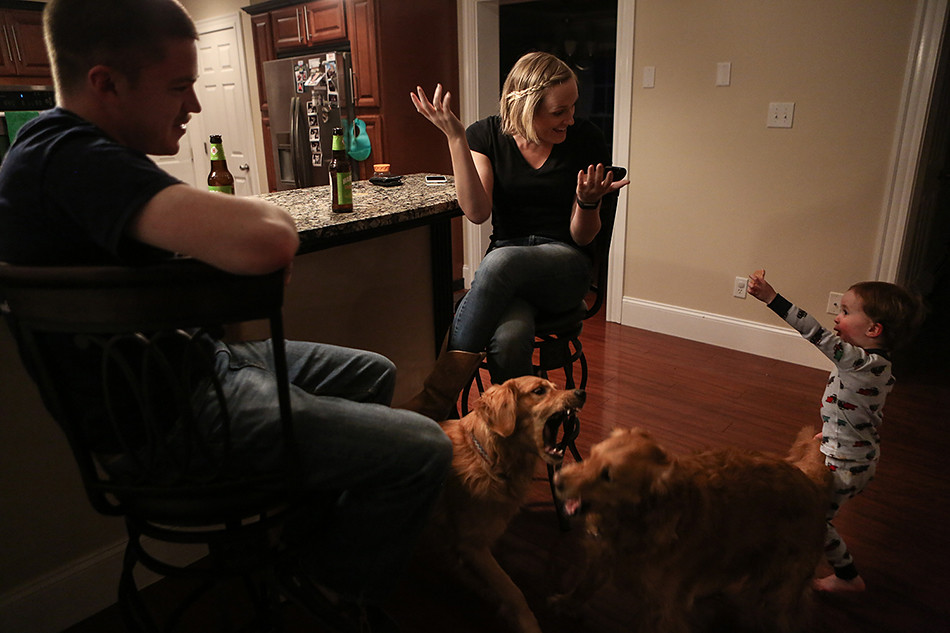
I just tried my best to fly down whenever possible, taking my large and heavy pump with me and pumping breast milk in airport bathrooms and sometimes in Taylor’s bathroom. Sorry if that’s TMI, but that also brought up some unique challenges for me while working on this project.
TID:
Where there aspects of covering the project that surprised you?
AMY:
I am still surprised at how quickly Taylor and I connected. It was not something I intended. In fact, there were moments when I told myself I need to stop being so friendly with her and distance myself so I can be more objective. But we became close regardless, and I have no regrets about that. She is a lovely human being and I’m happy to be able to also call her a friend.
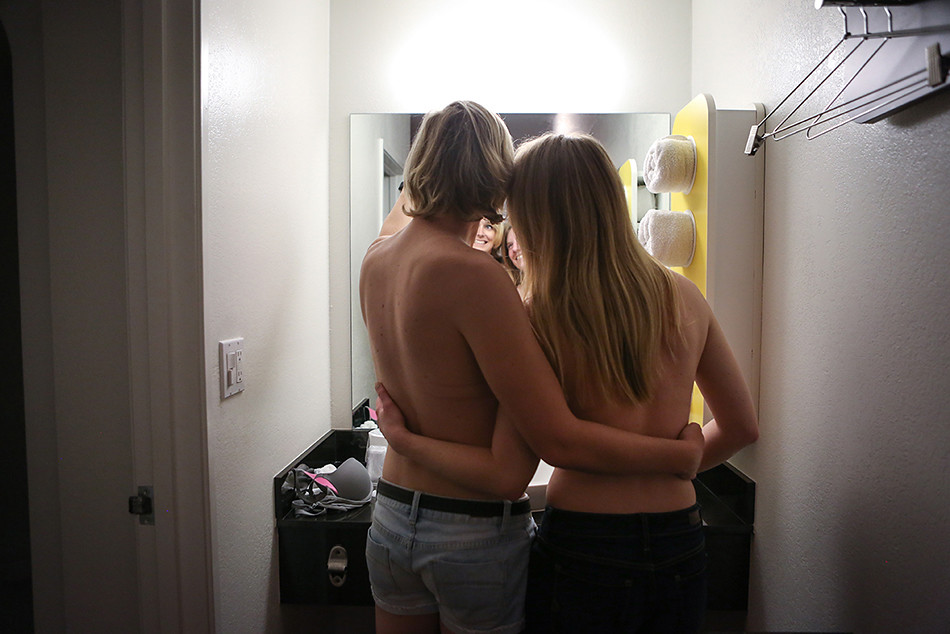
TID:
Now, onto the moment. Can you talk about the main image, and the moments leading up to it?
AMY:
This was my first time on base and I was there to photograph Taylor’s promotion ceremony to lieutenant. At first I was pretty aware of myself sticking out and I didn’t want to ruffle any feathers so as not to jeopardize me coming back on base so I kind of stayed out of the way and far back. But then when she got called up and her aunt and her commanding officer started to pin the shoulder pins on I was like “Oh no, I need to get that!”. So I scurried my way as discreetly as I could through dozens of Coasties standing at attention.
I made my way directly in front of Taylor and started shooting. To my surprise, no one seemed to mind and actually not one person even turned to look at me. I’m pretty sure this is because they are trained to stand that way and not look around. I knew that moment was important and I needed to have Taylor’s stoic reaction in the shot, so I’m happy I took the risk of causing a scene and just went for it.
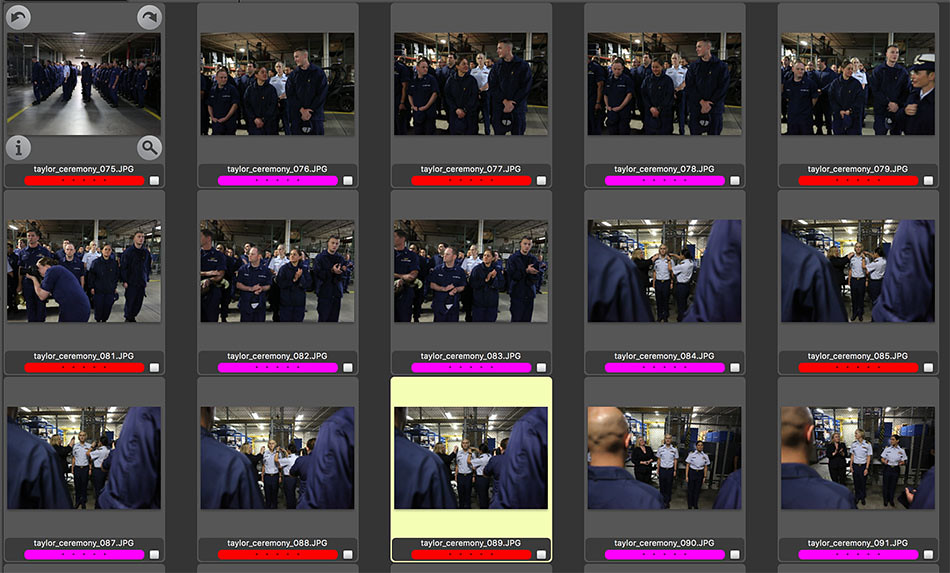
TID:
What have you learned about yourself in covering projects like this?
AMY:
Most of the time I do freelance newspaper photography. This is my first long-term project and I’ve learned that this is where I feel most comfortable. I like to have time to tell a story. TIme allows for trust, intimacy, and depth. Although I love the variety that newspaper photography offers, I feel much more at ease when I can truly lose myself (and the time) and just focus on what’s in front of me with no deadline.
Also, I’ve learned that I can’t just be a fly on the wall and that’s okay. Taylor always knew I was around, it was impossible for her not to because most of the time it was just her and I. Because of this we developed a friendship and sometimes this made situations hard for me to navigate. For example, she broke down crying during a very painful, 8 hour long electrolysis session and starting saying “I hate myself, I hate being trans”. This caught me by surprise because before then she had never cried in front of me.
I hesitated because it felt wrong to take her picture in that moment and I thought I should comfort her. But, eventually I realized that this moment is exactly the reason I’m there. So finally, I pulled the camera up and starting shooting. There is no true objectivity in photography. This is because we’re constantly making decisions on what and how we want to portray a story by how we frame, edit, (what we leave out or include, etc).
The best we can do is to try and tell someone’s story as honestly and effectively as possible. If a friendship develops in that process, I don’t think it’s doing any harm to the validity of the story and subject matter. In fact, I don’t think I could have told her story effectively without having that closeness we developed.
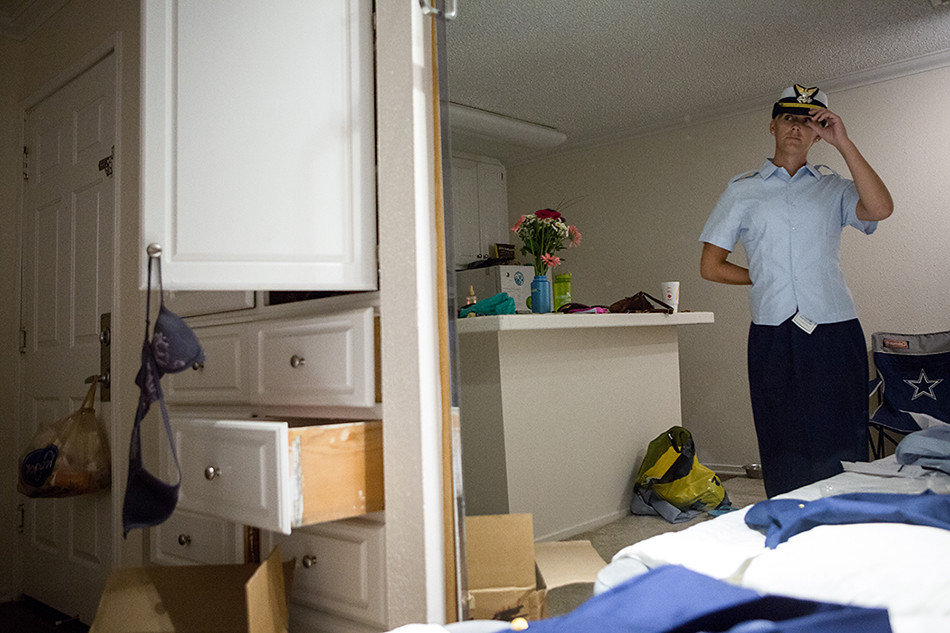
TID:
What have you learned about others (people involved in these situations, etc.).
AMY:
I kind of already knew this from my newspaper work, but I am continually surprised at how open and giving people can be with their personal lives/stories.
TID:
In conclusion, what advice do you have for photographers who cover this type of projects?
AMY:
I think just being a human and not just a photographer is probably the most important thing you can do. Be sensitive and empathetic. Talk with them and, if you have the time, spend a day with them without taking any photos before beginning the project. In my opinion, being human and forging a real relationship is more important than being a “fly on the wall”. Also, you have to be straightforward and honest with anyone that’s being photographed in your project.
I told Taylor right away that my goal was to have this published in a national publication in order to have as many people see it as possible. I felt, and still do, that her story has the ability to change minds so it was important that I let her know on what scale the publication would (hopefully) be. For example, becuase some people may be okay with being in a local publication and not one that is nation-wide.
Oh yea, and don’t forget the model release!
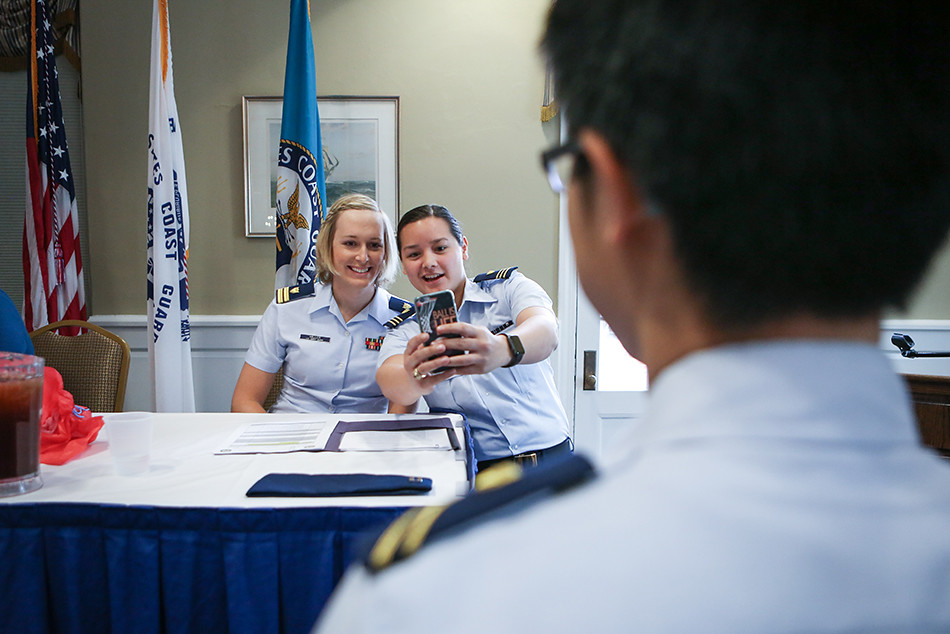
:::BIO:::
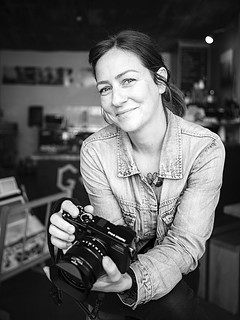
Amy Osborne is a freelance photojournalist and documentary photographer based in San Francisco.
Amy also works part-time as a contributing photographer for the San Francisco Chronicle and full-time as a mom.
You can see more of her work here: